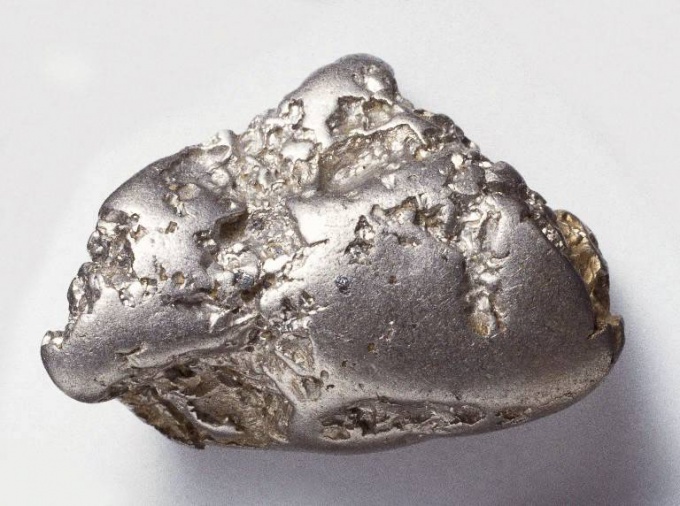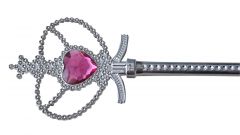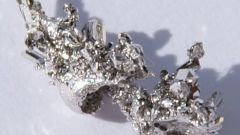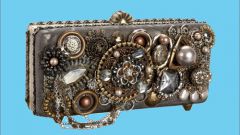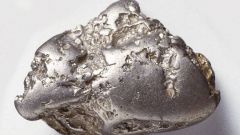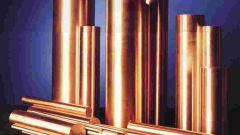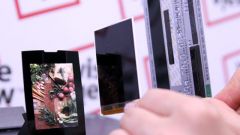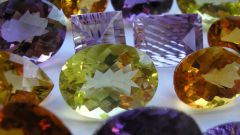Instruction
1
If the authenticity of the purchased jewelry made of platinum is in doubt or you want to distinguish platinum from several options like metal, try these tips.
2
Take a common medical iodine and drip on the test item. If a single drop of dark — so, before you do the precious metal. Note, however, that the darker the stain, the higher the fineness of the product.
3
If you have access to concentrated nitric and hydrochloric acids, as well as experience in dealing with them, make so-called "Aqua Regia". To do this is to mix acid in the ratio 1: 3 (nitric and hydrochloric).
4
Place the product into solution. Platinum will dissolve in hot water. In the cold it will not happen. Naturally, the fake platinum will immediately begin to dissolve in the cold mixture.
5
If you have glass-blowing burner, you can try to heat the product. If the metal is incandescent, but has not started to melt, it is likely to you is platinum. Although it is worth considering that palladium and iridium can act in a similar way. However, palladium will dissolve in nitric acid, and platinum — no.
6
Check for the presence of oxides on the product. Noble metals do not oxidize. Aluminium, for example, when contact with air is covered with an oxide film (passivated), which prevents its further destruction. Platinum is not threatened
7
If it is possible to violate the integrity of the experimental sample, then try to use it as solder. Uniform distribution of the metal tip of the iron is also indicative of the noble origin of the product.
8
Also you can check the metal with ammonia. When interacting with platinum, ammonia doesn't cause any darkening that happens in the interaction with other metals.
